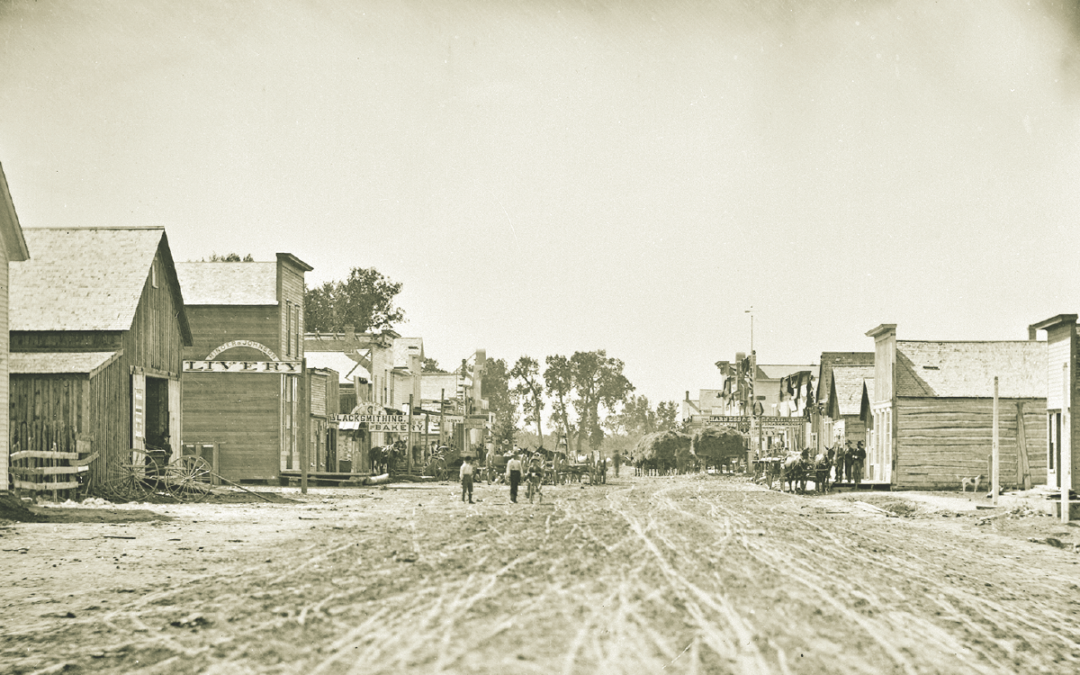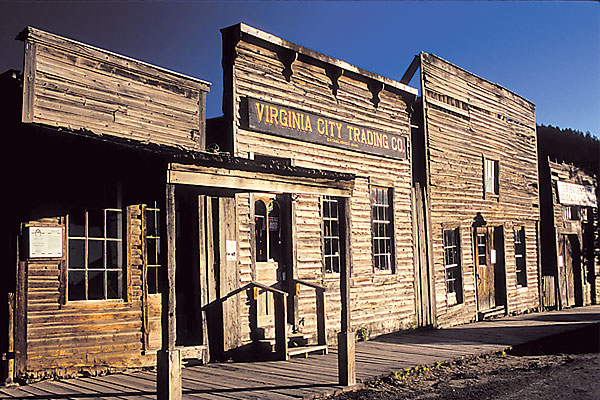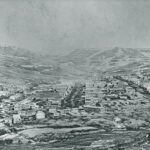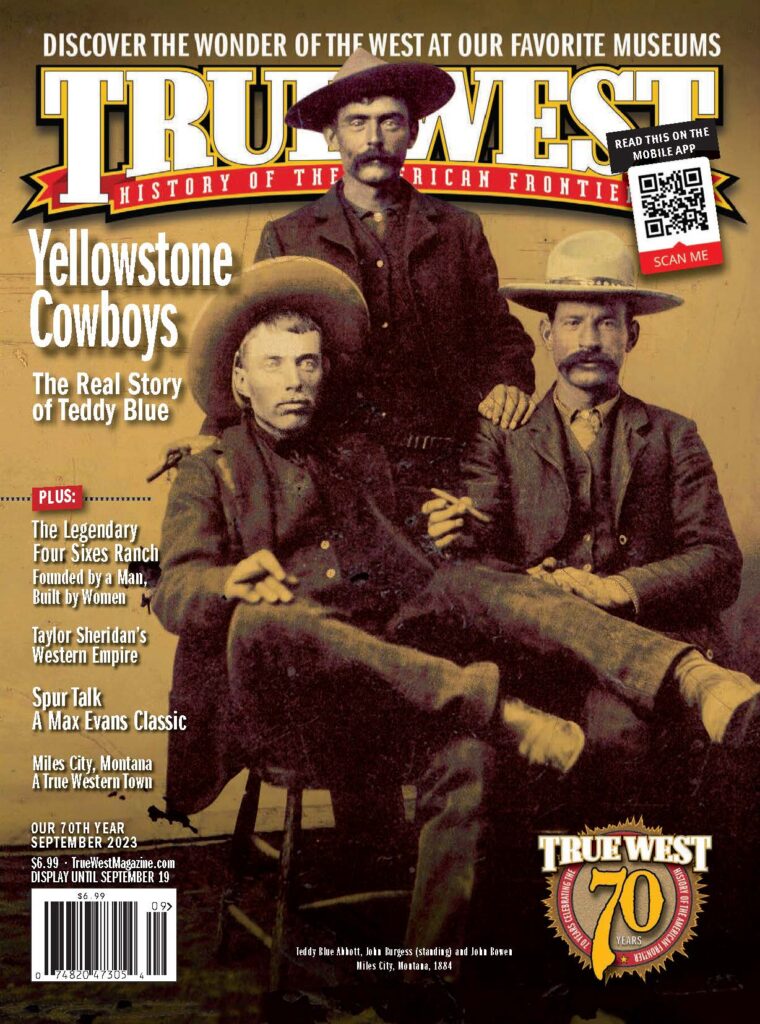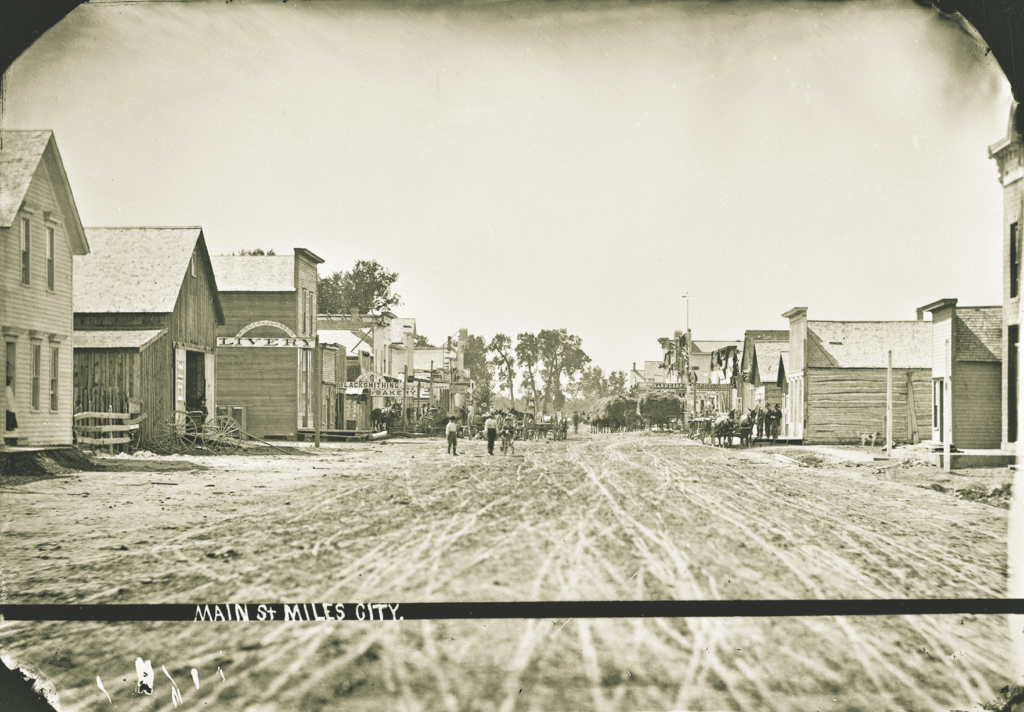
Miles City was primed for the Fourth of July. The fledgling town in eastern Montana Territory celebrated with music from Fort Keogh’s Fifth Infantry Band. The soldiers and townies enjoyed foot races, fireworks, speeches and a baseball game. The Miles City nine beat the Fort Keogh batsmen 23-14.
The Yellowstone Journal of 1869 reported on the celebration held in a “handsome grove on the Tongue River.” It noted the bucolic scene was “hardly suggestive of the howling wilderness” that Miles City was a few months earlier. This was three years after the disastrous Battle of Little Big Horn about 100 miles away as the crow flies.
In the 1880s, Fort Keogh’s Army troops went on to play a pivotal role in subduing the Sioux, protecting railroad surveyors, settlers and supply lines to Miles City and beyond. The town is named for Col. Nelson A. Miles, commander of Fort Keogh and a key figure in the Indian Wars.
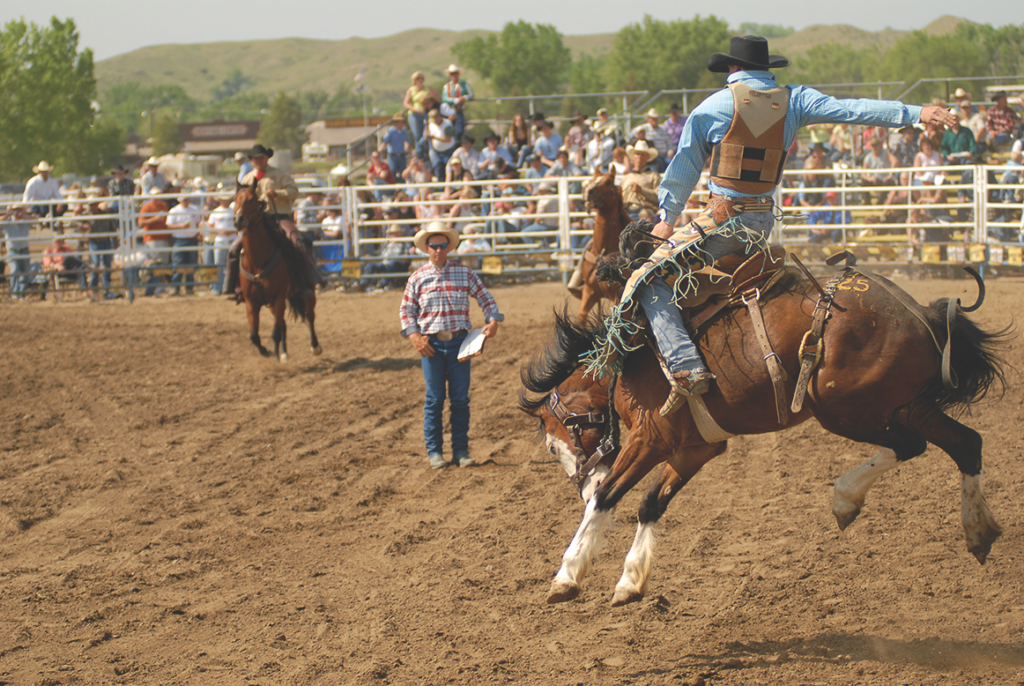
Historian Josef James Warhank, in his master’s thesis, summarized Fort Keogh’s importance in settling the Montana Territory in the 1880s.
“Montana went from a vast and unmapped territory to a settled state with farmers and ranchers replacing the soldiers as the dominant force in eastern Montana,” he wrote.
Fort Keogh closed in 1908 but was used as a remount station, later supplying horses for World War I.
More than a century later, Miles City is an authentic Western town of 8,500 at the confluence of the Yellowstone and Tongue rivers. It is known for its Bucking Horse Sale, Range Riders Museum, Waterworks Art Museum, an historic saddlery and an impressive collection of historic buildings.
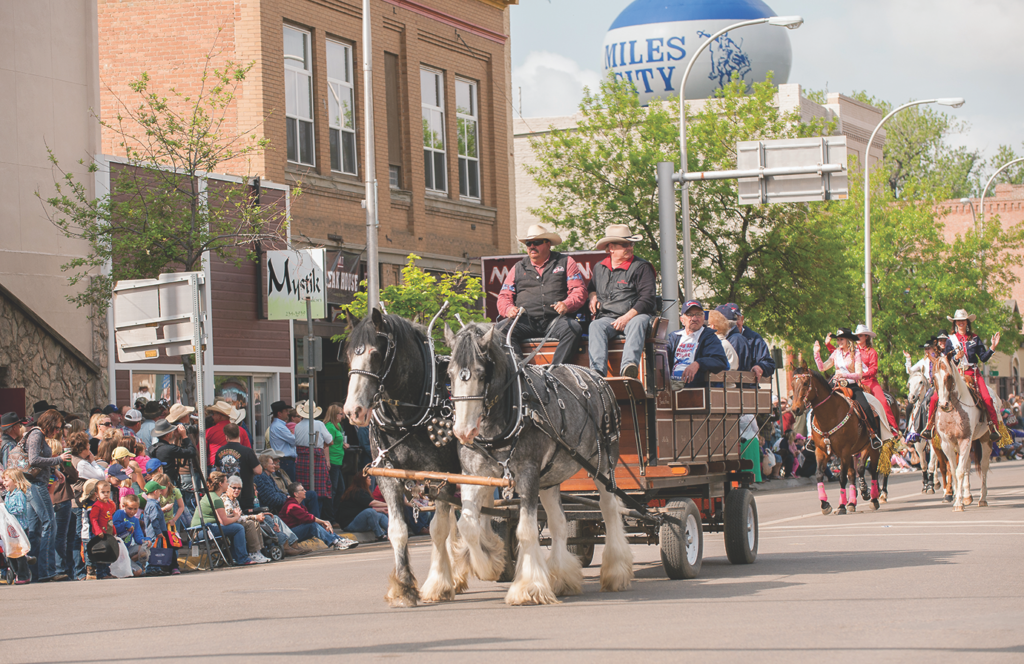
The Bucking Horse Sale is held over four days on the third weekend of May. The bucking bronc auction is the main event, but the Western celebration includes a concert, parade, horse racing and top bronc riders competing for big prize money. Miles City’s first formal sale of the unruly horses was held in 1951.
This year, close to 14,000 visitors showed up with several hundred motor homes and others camping in tents at the fairgrounds, said Terri Fandrich, Miles City Chamber of Commerce spokeswoman.
A cornerstone of Miles City history is the Range Riders Museum, established in 1939. The original log building is 2,800 square feet and there are a dozen more historic buildings with exhibits on Plains Indians, ranching, railroads, brands, barbed wire and Fort Keogh.
Another cultural draw is the Water-Works Art Museum, housed in the city’s 1910 water plant on the Yellowstone River. The historic building hosts a Western art roundup that coincides with the Bucking Horse Sale. The museum’s photography collection includes works by noted Indian photographer Edward S. Curtis, Evelyn Cameron, who captured frontier life in eastern Montana, and L.A. Huffman, a photographer at Fort Keogh starting in 1879.
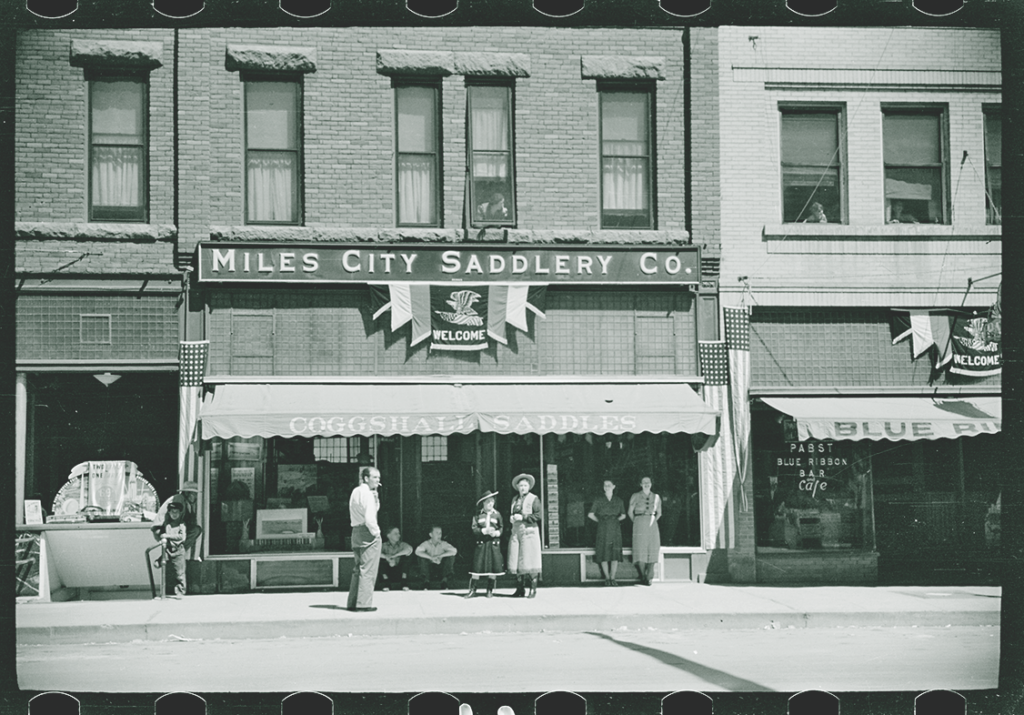
With all the ranching and horse wrangling in eastern Montana, Miles City became a hub of saddle craftsmen. As many as 40 saddlemakers were practicing their craft in the 1930s. Miles City Saddlery, established in 1910, is one of the only ones left, Fandrich said. The store can outfit any cowboy or cowgirl with a saddle, boots, belts, hats, Western wear and leather goods.
Miles City is also home to the Montana Bar, Bison Bar and Montana Theater, which has a vacation-rental apartment above the colorful marquee.
The Bison Bar, established in 1900, stands out for its colorful sign with a bison outlined in neon.
The nearby Montana Bar also has an impressive neon sign shaped like the state of Montana. The bar has been serving patrons for 115 years, and the back bar was delivered by steamboat. Montana Bar has mosaic tile on the floor, a stamped tin ceiling and a bullet hole in a leaded glass partition from a long ago gunfight.
“It’s stunning,” Fandrich said of the Montana Bar. “It’s still very original.”
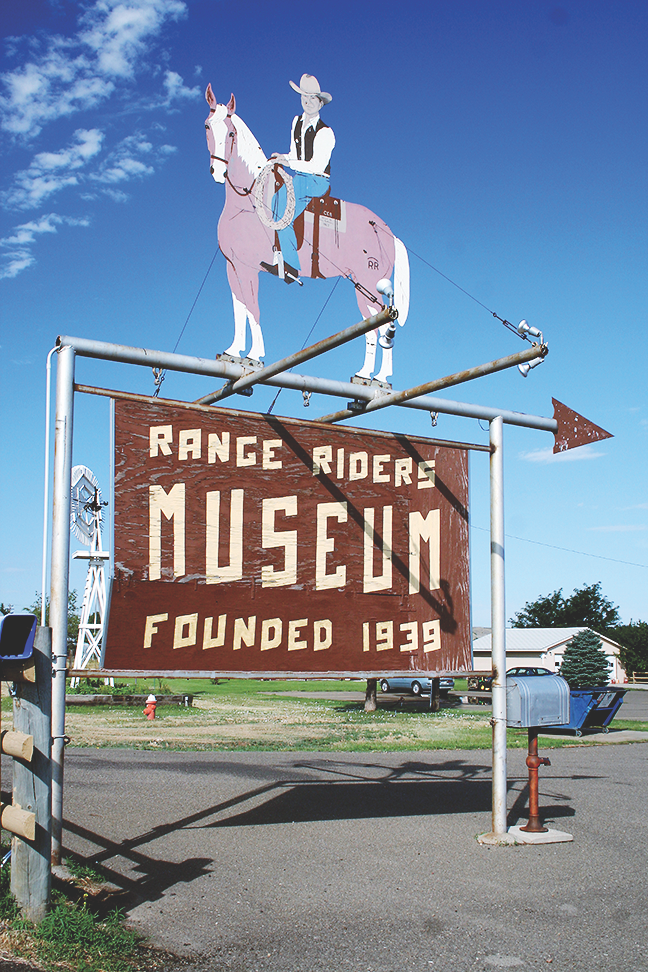
Miles City, Montana
Where History Meets the Highway
First Stop
Miles City Chamber of Commerce
511 Pleasant Street
milescitychamber.com
Home on the Range
Explore the Range Riders Museum with exhibits on ranching, railroads, saddles, branding irons, barbed wire and Fort Keogh. Don’t miss the collection of 1,200 arrowheads.
rangeridersmuseum.com
Waterworks & Watercolors
Miles City’s waterworks building was reimagined as the WaterWorks Art Museum. The 1910 building is on the National Register of Historic Places.
wtrworks.org
Montana Bar Worthy of the Name
The 115-year-old Montana Bar is one of the state’s best preserved historic saloons.
themontanabar.com
Saddlemakers Still at it
Miles City had as many as 40 saddlemakers in the 1930s. Miles City Saddlery Co. started in 1910. The current owners have had it since 1989.
milescitysaddlery.com

